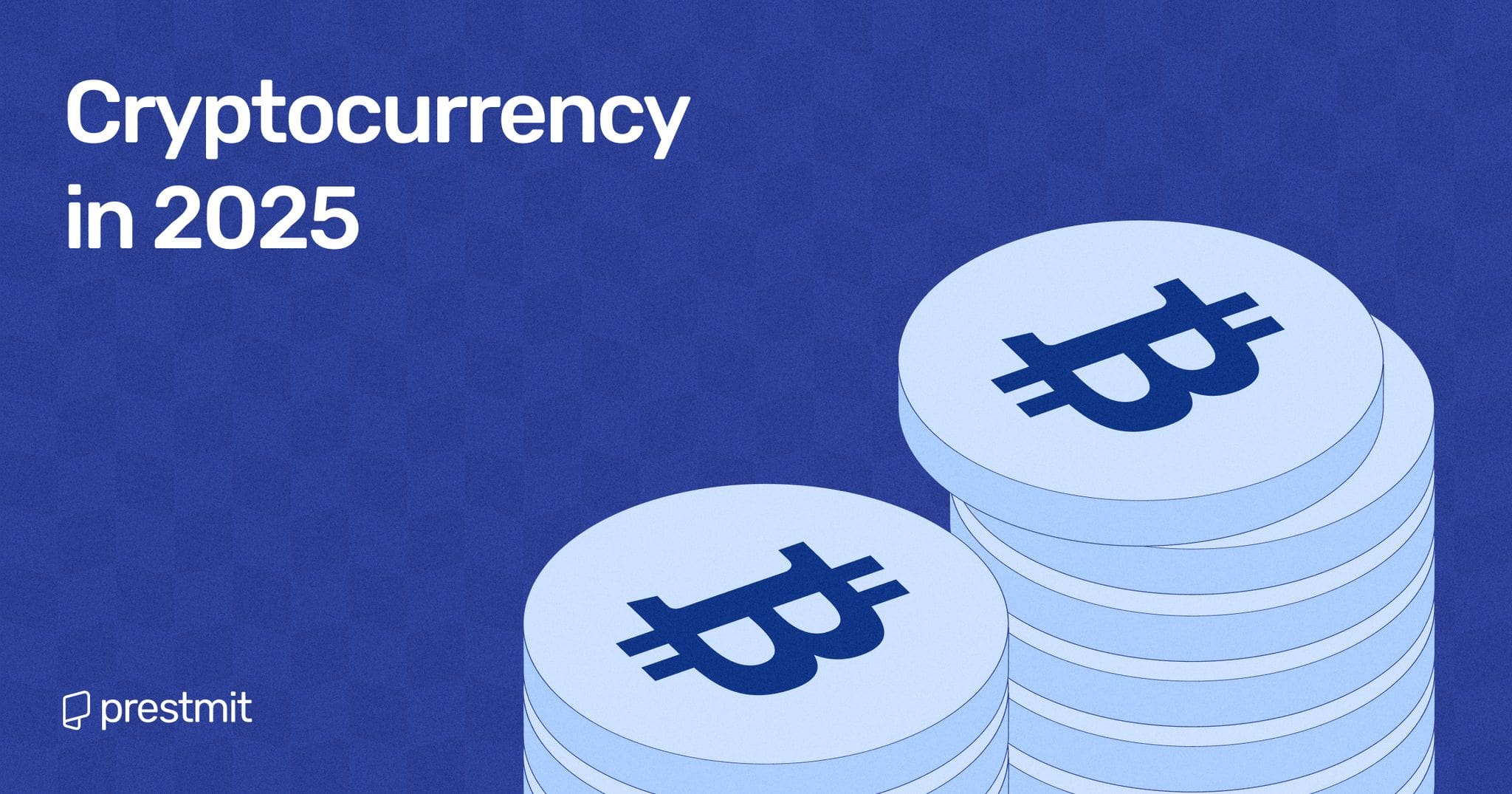
Merging AI With RWAs: Pioneers The Next Bull Market In Crypto
The approval of spot exchange-traded funds (ETFs) for Bitcoin by the SEC this year marked a significant milestone for the digital assets industry. While some see this as a step towards broader access to digital assets, the finance sector views it as a pivotal moment in the institutionalization of Bitcoin, opening doors to a myriad of opportunities within the digital asset ecosystem.
The Key Role of Custodial Security Infrastructure in Institutionalizing Digital Assets
In the realm of physical BTC ETFs, five essential partners come into play: the Issuer, Trustee, Administrator, Authorized Participants, and Custodian. The custodian’s responsibility may seem straightforward - to hold and safeguard the underlying crypto assets. However, unlike traditional finance custody, which mainly involves record-keeping for securities like stocks and bonds, the digital asset realm presents unique challenges. Given that digital assets are bearer assets, the emphasis on security is paramount due to the heightened risk of cyber-attacks leading to irreversible losses. This necessitates enhanced operational, technical, and legal capabilities.
 A visual representation of a Bitcoin ETF
A visual representation of a Bitcoin ETF
Upholding Institutional-Grade Custody for Optimal Security
For issuers of digital asset ETFs or exchange-traded products focusing on cryptocurrencies, maintaining institutional-grade custody with the highest level of security is a cornerstone of their offerings.
Implementing Best Practices in Selecting a Digital Asset Custody Partner
In the ‘Institutional Guide for Securing Digital Assets,’ I delve into the critical best practices that asset managers and institutional investors should prioritize when choosing a digital asset custody partner. These practices encompass regulatory compliance, independent third-party audits, institutional-grade security measures, and a segregated wallet infrastructure.
Embracing Diversification in Custody Providers
With the exponential growth of Bitcoin ETFs, currently valued at approximately $75 billion in AuM, the diversification of custody providers aligning with these best practices is gaining importance. This is particularly crucial as a large portion of existing Bitcoin ETF issuers rely on a single provider.
The Shift Towards a Multi-Custodian Approach
Digital assets ETF and ETP issuers are now gravitating towards a multi-custodian strategy. Even after selecting a custodian with top-tier security protocols and infrastructure, issuers can further mitigate concentration risk by engaging with multiple custodians or those offering access to a network of institutional-grade suppliers. This approach ensures assets are held in segregated wallets, maximizing security for end-clients.
The Significance of Trusted Custody in the Digital Asset Landscape
The SEC’s green light for Bitcoin ETFs has reignited interest in digital assets, marking a significant step towards institutionalization. To maintain stability and prevent past errors, establishing the right custodial infrastructure and protocols is paramount. Custodians play a central role in the digital asset ecosystem, and with the anticipated surge in institutional capital inflows, the importance of trusted custody has never been more pronounced.
Follow me on LinkedIn.















